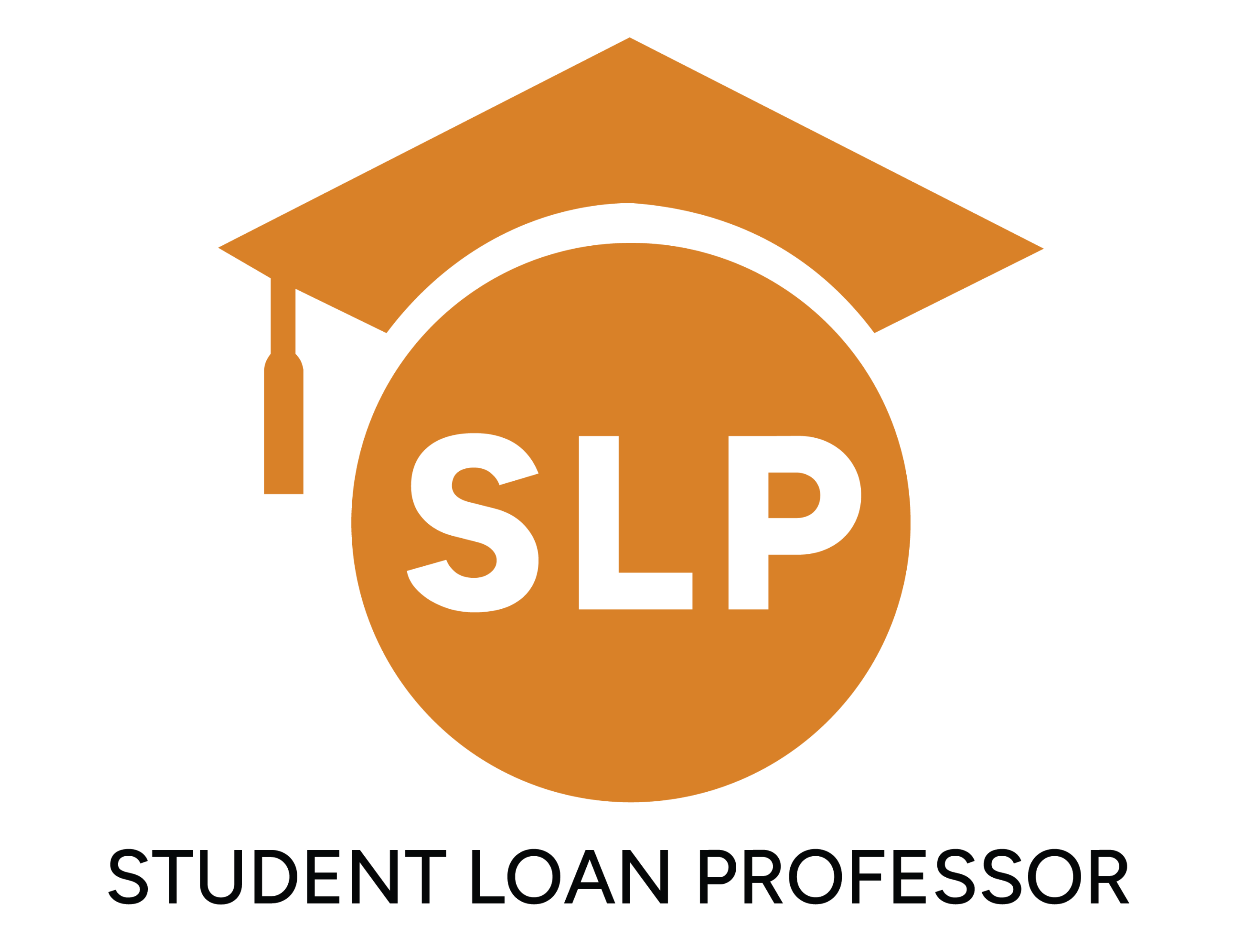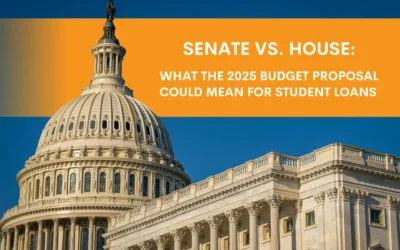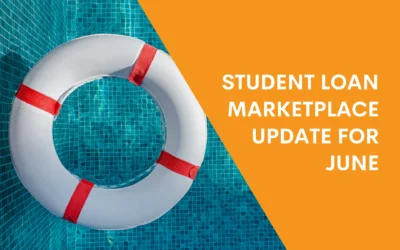If you cannot afford the high upfront cost of college tuition, student loans can be a lifeline that enables you to pursue your academic and career goals. Among the loans available, the federal direct student loan program stands out as one of the most trusted sources of financial aid.
The program offers government-funded loans with competitive rates, flexible repayment options, and borrower protections that private lenders often lack. It also ensures that students from diverse backgrounds access affordable funding, making for a more equitable education system.
Join us as we cover all you need to know about the federal direct student loan program, including the types of loans available and tips to streamline your loan application process.
First, we’ll introduce the direct loan program and its offerings in student financial aid.
What is the Federal Direct Student Loan Program?
The Direct Loan Program is the largest source of federal student aid in the United States. It’s administered by the U.S. Department of Education and provides loans directly to students and their parents.
By eliminating middlemen such as private banks, the program reduces the costs of borrowing for both borrowers and the government. This also ensures that borrowers benefit from consistent terms, federal protections, and transparency throughout the loan process.
Thanks to this borrower-first approach, the Federal Direct Student Loan program addresses the financial barriers to education, allowing students to focus on their education rather than worrying about financing their future.
Key Features of the Federal Direct Student Loan
- Direct Lending by the Government: Unlike private student loans from banks and other financial institutions, loans under the Federal Direct Student Loan Program are funded directly by the federal government.
- Multiple Loan Options: The Federal Direct Student Loan Program offers a variety of loan options to meet the diverse needs of students and their families while offering lower interest rates and borrower-friendly terms.
- Flexible Repayment Options: You can choose from several repayment plans, including income-driven repayment options, which tailor monthly payments to your income.
- Borrower Protection: The program includes provisions for deferment, forbearance, and loan forgiveness for eligible borrowers. This provides a safety net during financial hardships.
Types of Loans Offered Under the Federal Direct Student Loan Program
The Direct Student Loan Program offers several loan options specially tailored to meet the varying needs of different students and their families. Each of these loans has specific features, eligibility criteria, and benefits.
1. Direct Subsidized Loans
Direct subsidized loans are one of the most favorable options for undergraduate students who need financial assistance. They are structured to keep borrowing costs low by reducing interest burdens.
For example, with a direct subsidized loan, the federal government will cover your interest rates while you’re in school, during a six-month grace period after graduation, and during deferment periods.
Key Features of Direct Subsidized Loans
- Only available to undergraduate students who demonstrate financial need as determined by FAFSA.
- The program imposes annual borrowing limits ranging from $3,500 to $5,500, depending on your year in school.
- The program also imposes an aggregate limit with a $23,000 cap for dependent undergraduate students.
2. Direct Unsubsidized Loans
Direct unsubsidized loans are available to undergraduate, graduate, and professional students, regardless of their financial needs. This makes them a good option, especially if you don’t qualify for a direct subsidized loan.
But this comes at a cost—unlike with direct subsidized loans, here, you will be responsible for all the interest your loan accrues, even while you’re in school.
Key Features of Direct Unsubsidized Loans
- Annual borrowing limits are higher than with subsidized loans, ranging from $5,500 to $20,500, depending on your year in school and dependency status.
- The program offers a lifetime borrowing limit of up to $31,000 for dependent undergraduate students and $138,500 for graduate or professional students.
- Interest begins to accrue as soon as your loan is disbursed, with the unpaid interest capitalized.
3. Direct PLUS Loans
Direct PLUS loans are specifically designed to cater to graduate and professional students, or the parents of dependent undergraduate students. These loans help fill any funding gaps by covering the education costs that other financial aid doesn’t meet.
However, this flexibility comes at a price— unlike the other loans in the Direct Student Loans Program, PLUS loans require a credit check. So, if your credit history is poor, you might need a co-signer or additional documentation to qualify.
Key Features of Direct PLUS Loans
- You can borrow up to the total cost of attendance for your school, minus any other financial aid received.
- Direct PLUS loans offer deferment options for parents and graduate students still in school.
- PLUS loans typically have higher interest rates compared to subsidized and unsubsidized loans but are still more competitive than private loan rates.
4. Direct Consolidation Loans
Direct consolidation loans are designed to simplify the repayment process for borrowers juggling multiple federal loans. They merge several loans into a single one, simplifying management and possibly providing access to more repayment and forgiveness options.
The interest rate on a consolidation loan is fixed and determined by taking the weighted average of the interest rates on your consolidated loans, rounded up to the nearest one-eighth of a percent.
Key Features of Direct Consolidation Loans
- Combines multiple eligible federal loans into a single loan with one monthly payment.
- Can extend the repayment term up to 30 years, potentially lowering your monthly payments.
- Can provide access to income-driven repayment plans and loan forgiveness programs.
Note: While consolidating your loans can lower your monthly payments, doing so may increase the total interest you pay over time. As such, it’s important to weigh the benefits against potential drawbacks, such as losing certain original loan benefits like interest subsidies.
Benefits of the Federal Direct Student Loan Program
The Federal Direct Student Loan Program is designed to make higher education more accessible and manageable for students and families. Here are the key benefits of the program:
- Competitive Interest Rates: Direct loans have fixed and comparatively low interest rates. Unlike with private loans where rates vary based on creditworthiness, federal loan rates are standardized and typically lower than private alternatives.
- Flexible Repayment Options: Federal direct loans offer a variety of repayment plans designed to accommodate different financial situations, including:
- The Standard Repayment Plan: Where payments are fixed over a 10-year period.
- The Graduated Repayment Plan: Where payments start low and gradually increase every two years.
- The Extended Repayment Plan: Where payments can extend up to 25 years—which is ideal if you have a large loan balance.
- Income-Driven Repayment (IDR) Plans: Where payments are tied to your income and family size, with options like Income-Based Repayment (IBR) and Pay as You Earn (PAYE).
- Loan Forgiveness Programs: Federal loan programs offer several pathways to forgiveness for qualifying borrowers, including:
- Public Service Loan Forgiveness (PSLF): Where borrowers who work in public service roles can qualify for forgiveness after making 120 qualifying payments.
- Teacher Loan Forgiveness: Where educators in low-income schools may be eligible for forgiveness of up to $17,5000 on subsidized and unsubsidized loans.
- Income-Driven Forgiveness: Where borrowers on IDR plans can have their remaining balance forgiveness after 20 or 25 years, depending on their plan.
- Deferment and Forbearance Options: Federal loans offer some safeguards in case of periods of financial hardships, including:
- Deferment: Where you can temporarily postpone your loan payments for a set period of time.
- Forbearance: Where you can pause or reduce your loan payments for up to 12 months, though your interest will continue to accrue.
- No Credit Check or Cosigner Requirements: Except for PLUS loans, federal direct loans do not require a credit check or a cosigner, making them more accessible to borrowers. This is especially beneficial for young students who may not have an established credit history.
How to Apply for a Federal Direct Student Loan
Step 1: Complete the FAFSA (Federal Application for Federal Student Aid)
The first step in securing a federal direct loan is filling out the FAFSA, which is what the government will use to determine your eligibility for federal student loans, grants, and work-study programs.
The FAFSA becomes available on October 1st of every year for the upcoming academic year, so be sure to submit your form as early as possible to meet your school and state deadlines.
Step 2: Review Your Student Aid Report (SAR)
After submitting your FAFSA, you’ll receive a Student Aid Report summarizing your application. Carefully review this document to ensure all information is correct since this is what your school will use to determine your financial aid package.
Step 3: Receive and Review Your Financial Aid Offer
Once your FAFSA is processed, your chosen school will send your financial aid award letter. This letter outlines the types and amounts of aid you’re eligible to receive, including federal direct student loans.
Review your offer carefully and accept only the loans you need to cover your education costs.
Step 4: Complete Entrance Counseling
Before receiving your loan funds, you must complete an entrance counseling. This mandatory online session ensures you understand the terms of your loan, your repayment responsibilities, and how interest accrues.
Step 5: Sign the Master Promissory Note (MPN)
The master promissory note is a legal document in which you commit to repaying your federal student loan and any accrued interest. Here, you’ll also find details about loan terms and conditions. You can sign your MPN on the Student Aid website.
Once you complete these steps, your school will deposit the loan funds directly into your account. These funds are applied to tuition, fees, and other school-related costs. Any remaining funds are refunded to you for other expenses like books and housing.
Take Control of Your Student Loan Journey
The Federal Direct Student Loan Program provides reliable, affordable options for funding your education. With its flexible repayment plans, borrower protections, and opportunities for loan forgiveness, this program is designed to support you every step of the way.
Whether you’re planning for your undergraduate studies, a graduate degree, or managing existing loans, understanding your options is the first step toward financial empowerment.
For help navigating the world of student loans and to ensure you make the best decisions for your financial future, get in touch with us at Student Loan Professor (SLP).
At SLP, you’ll receive expert advice, personalized strategies, and the resources needed to manage your student loans and achieve financial success.
Brandon Barfield is the President and Co-Founder of Student Loan Professor, and is nationally known as student loan expert for graduate health professions. Since 2011, Brandon has given hundreds of loan repayment presentations for schools, hospitals, and medical conferences across the country. With his diverse background in financial aid, financial planning and student loan advisory, Brandon has a broad understanding of the intricacies surrounding student loans, loan repayment strategies, and how they should be considered when graduates make other financial decisions.




